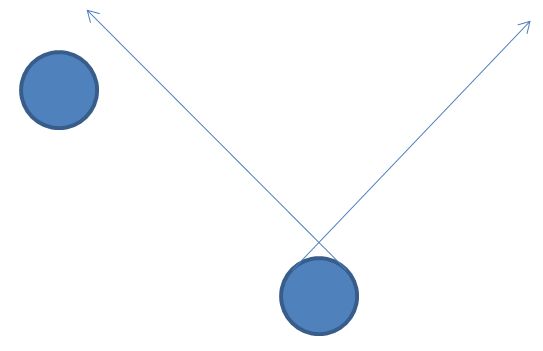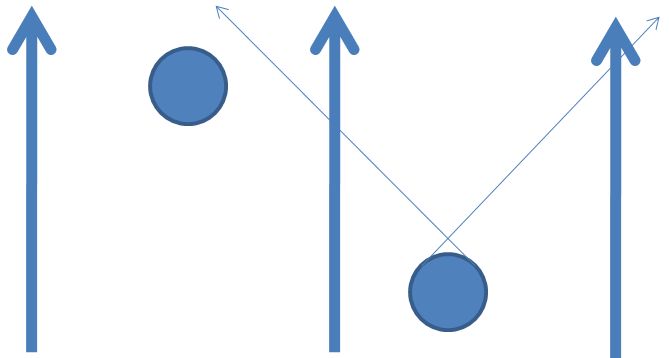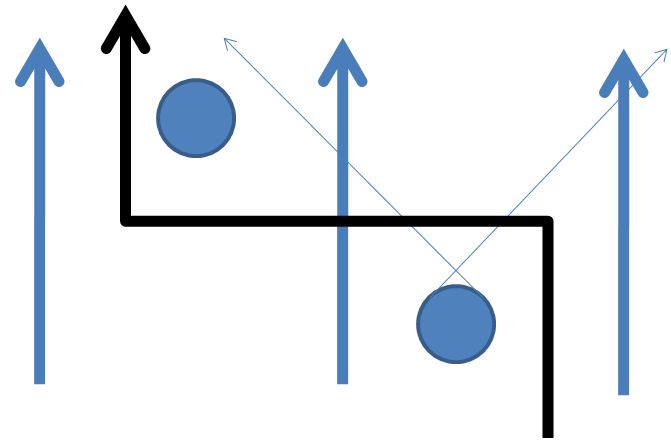Eric Forgy
directed space



Warning: Under Construction
Given a directed graph , a directed space is the space dual to the graded differential algebra (DGA)
generated by .
The space is spanned by the complete set of vertex projections
satisfying
(1)
The commutative product on is given simply by composition
(2)
The space is spanned by elements
with right multiplication given by
(3)
and left multiplication given by
(4)
Generating a Discrete Space
The derivation
applied to vertex projections results in,
(5)
and
(6)
which, in particular, provides the graded commutative relation
(7)
Since spans , it follows that
(8)
which says is a weighted sum of edges directed into and edges directed out of .
Multiplying (6) by on the left and on the right, results in
(9)
Case:
When , combining (8) and (9) gives
(10)
which implies that for loops
Case:
When , (8) gives
(11)
and
(12)
which, when combined with (9), implies that
Therefore, (8) may be rewritten, in general, as
(13)
and (12) may be rewritten as
(14)
Question: Could it be that is related to the Leinster measure?
Note also that (setting and assuming no loops)
(15)
or
(16)
which allows us to convert a sum over all edges to a sum over all nodes.
Revised on October 3, 2010 at 14:12:29
by
Eric Forgy


